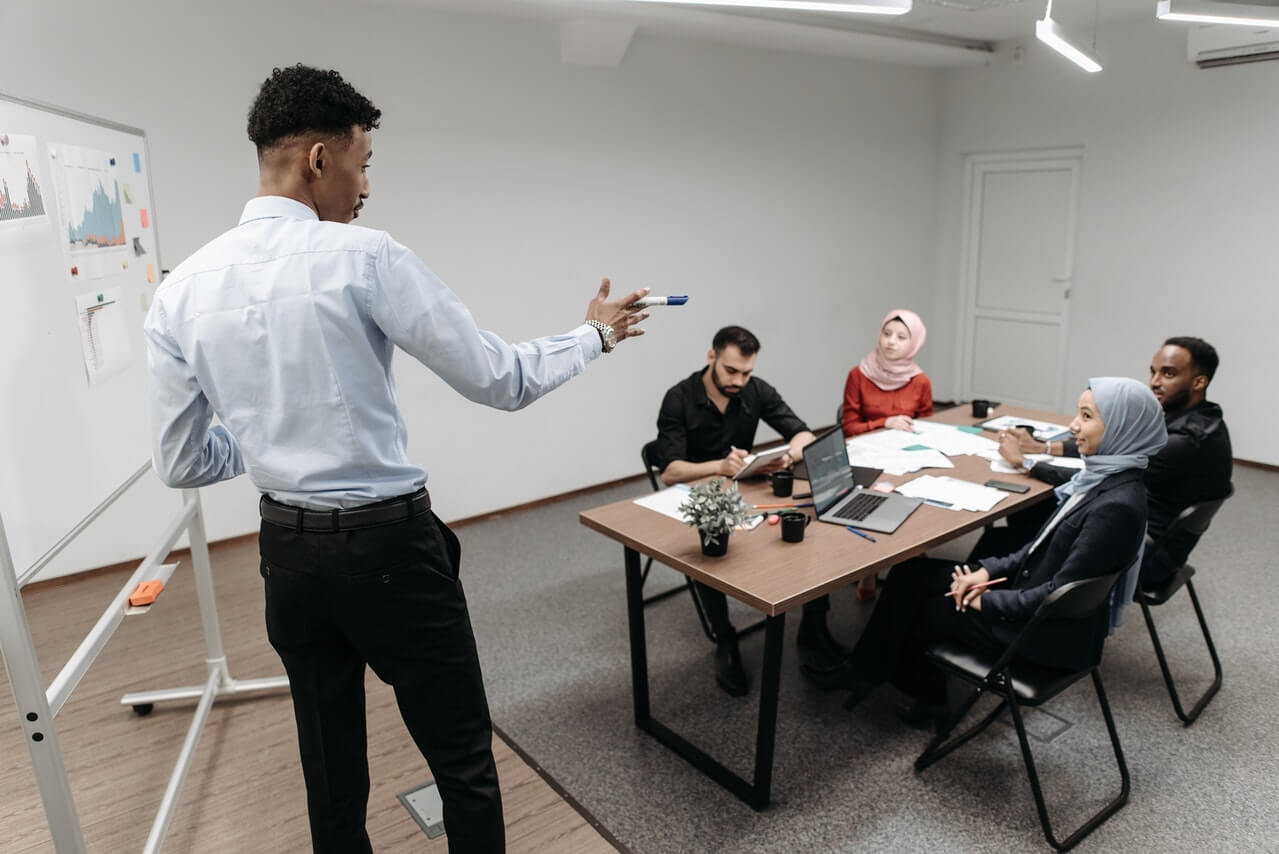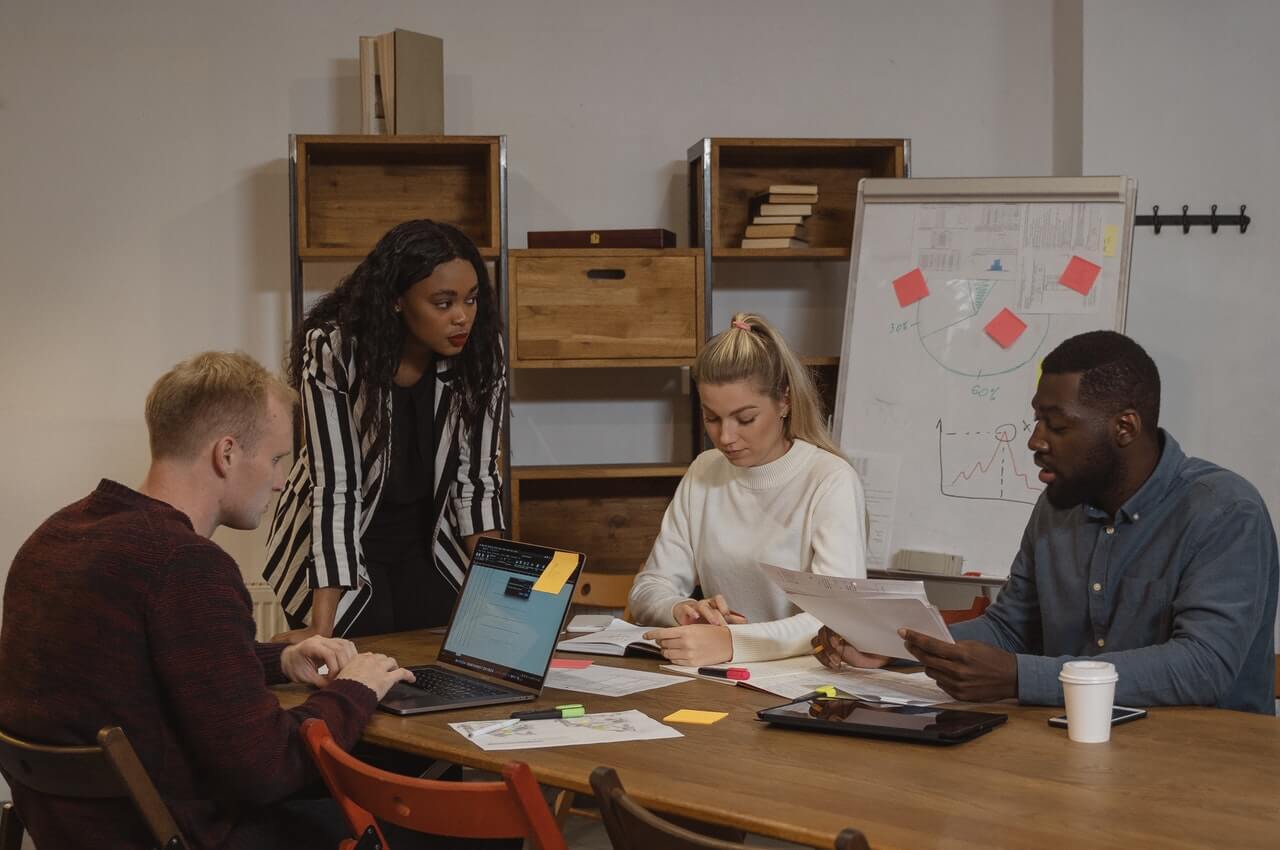Many nonprofit organizations boast lists of honorary trustees, board members and/or directors. And the vast majority of those named individuals are “there” in name only. The question that must be asked is how does that benefit the NPO.
There are two basic reasons why a person gets the “honorary” title. S/he may have been of great service to the organization and/or the people it serves; or, s/he may be very well known, respected and influential but has done little or nothing for the organization and its constituency.
The former is a traditional, valid way to recognize and give visibility to a person’s service … while, at the same time, signaling to others that they could get the same kind of recognition if they, too, provided major service to the organization and its constituency.
The latter is based on the belief that recruiting those big “names” to add to the letterhead will add credibility to the organization’s activities and/or that by adding a VIP’s name to your “honorary list” it will motivate that person to become an active leader/donor.
When you add a name to your letterhead, give that person recognition and don’t expect that person to be an active leader or donor, you send the message that “important people” don’t have to do anything for you in order to be “recognized.”
Any time someone is seen to be affiliated with your nonprofit organization and does not set the proper example, s/he creates an example you hope no one will follow.
If you have someone on your letterhead who, by virtue of that listing is perceived as a leader/supporter of your organization but does not lead, support or donate, you make your potential leaders/donors question why they should….
Also to consider, VIPs know each other. Wealthy people (your potential major donors) know each other … or know of each other. If their peers are part of your leadership in name only, they’ll know it … or will eventually hear of it.
The only people you may be kidding are the people who can’t be leaders or make the big gifts … and maybe yourself.
=-=-=-=-=-=-=-=-=-=-=-=-=-=
From now through Labor Day, we’re only posting on Tuesdays of each week. We’ll be back to Tuesdays and Fridays beginning on September 7.
=-=-=-=-=-=-=-=-=-=-=-=-=-=
Have a comment or question about starting or expanding your fundraising program? Email me at [email protected]. With over 30 years of counseling in major gifts, capital campaigns, bequest programs and the planning studies to precede these three, we’ll do our best to answer your question.










